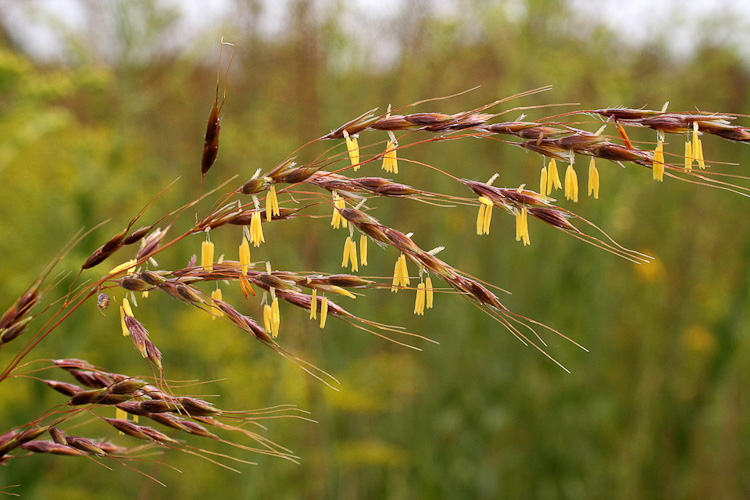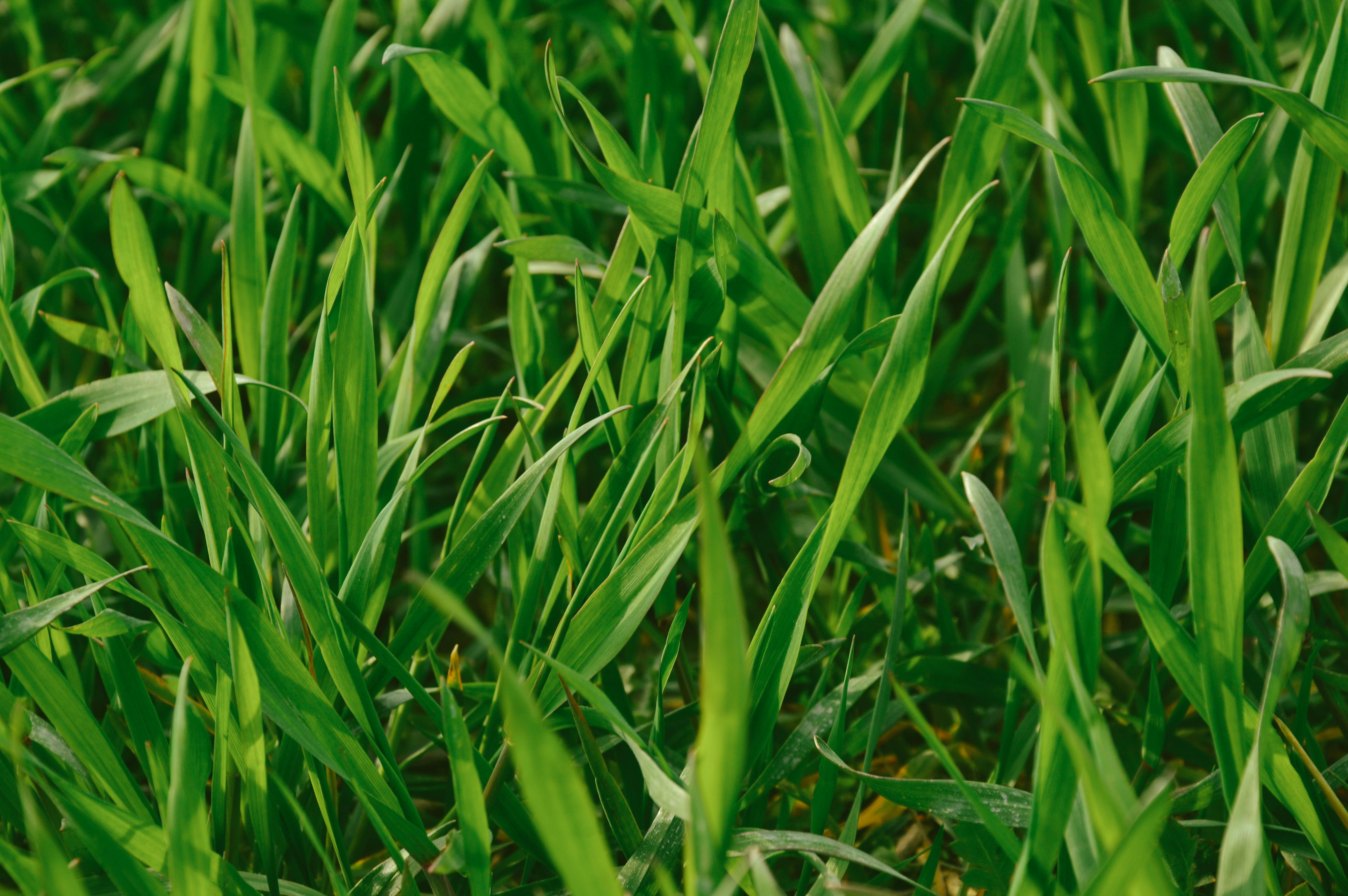
Free Images nature, lawn, meadow, prairie, flower, green, botany
Poales, grass order of flowering plants, containing the grass family (), economically the most important order of plants, with a worldwide distribution in all climates. Poales contains more than 18,000 species of monocotyledons (that is, flowering plants characterized by a single seed leaf). The order consists of several lineages that have traditionally been recognized as groups, the members.

Guide to Common Grasses Grass species, Grass, Perennials
Poaceae ( / poʊˈeɪsiaɪ, - siːiː /) or Gramineae ( / ɡrəˈmɪniaɪ /) is a large and nearly ubiquitous family of monocotyledonous flowering plants commonly known as grasses. It includes the cereal grasses, bamboos, the grasses of natural grassland and species cultivated in lawns and pasture. The latter are commonly referred to collectively as grass .

รูปภาพ ธรรมชาติ, น้ำค้าง, การเจริญเติบโต, ปลูก, ทุ่งหญ้า, ตอนเช้า
4/12/2021 2 Comments There's more to the grass family than just your lawn. Grass blades (LoggaWiggler) Public Domain Grains and grasses (Poaceae) have long been a part of home gardens, landscapes, and agricultural fields. This group is the fifth-largest plant family and it includes cereal grains, bamboo, lemongrass, sugarcane, and coffee.

Free Images nature, growth, field, lawn, summer, spring, green
Sorghum (/ ˈ s ɔːr ɡ ə m /) or broomcorn is a genus of about 25 species of flowering plants in the grass family ().Some of these species are grown as cereals for human consumption, in pastures for animals as fodder, and as bristles for brooms. Sorghum grain is a nutritious food rich in protein, dietary fiber, B vitamins, and minerals.. Sorghum is either cultivated in warm climates.

familiesPoaceae Ohio Plants
Introduction Grasses are a family of plants with leaves that usually look like blades. Most of them also have hollow stems and many branching roots. The green grass found in yards, the grasses growing on open land, grains, and bamboos all belong to the grass family. Where Grasses Grow

Historical images of plants of the grass family Lagurus ovatus
The grass family is undoubtedly the most important plant family to mankind, agriculturally, economically and ecologically. It provides the major cereal crops and most of the grazing for wild and domestic herbivores. Grasslands are estimated to comprise about 20% of the world's vegetation.

Grass Family, Flora, Insect, Grass Picture. Image 112201493
Poa [2] is a genus of about 570 species of grasses, native to the temperate regions of both hemispheres. Common names include meadow-grass (mainly in Europe and Asia), bluegrass (mainly in North America), tussock (some New Zealand species), and speargrass. Poa ( πόα) is Greek for "fodder". Poa are members of the subfamily Pooideae of the.

Free Images rice, agricultural, fields, paddy field, grass family
Bamboo Bamboos are a diverse group of mostly evergreen perennial flowering plants making up the subfamily Bambusoideae of the grass family Poaceae.

Free Images tree, branch, leaf, flower, green, tropical, botany
The grass family, Poaceae, is one of the largest plant families, and, to humans, perhaps the most important, as it includes agricultural grains such as wheat, rice, maize (corn), and sugar cane. The Poaceae comprise about 600 genera and perhaps ten thousand species. It is estimated that grasslands cover about 20 percent of the earth's land area.

Come togliere le macchie di erba dai vestiti in modo naturale Mamma
The grass family: Poaceae POACEAE (Grass Family) General physiognomy. Grasslike plants with blade-like leaves and round, hollow stems; tiny, mostly bisexual flowers without petals and arranged in turn into spikelets; the fruits are dry, hard caryopses called "grains." Vegetative morphology.

Free Images pink, vegetation, plant, tree, grass family, flower
Grasses are monocotyledonous plants in the family Poaceae (also known as Gramineae). There are as many as 10,000 species of grasses distributed among more than 600 genera.

Green Grass · Free Stock Photo
Family: Poaceae — grass family Grasses are annual, biennial, or perennial plants that are usually herbaceous but may be woody in some genera. They may be terrestrial or aquatic. The leaves may be evergreen or deciduous and are all basal or alternate, and usually much longer than wide.

Free Images plant, leaf, herb, plants, houseplant, flowers, flower
Poaceae, grass family of monocotyledonous flowering plants, a division of the order Poales. The Poaceae are the world's single most important source of food. They rank among the top five families of flowering plants in terms of the number of species, but they are clearly the most abundant and important family of the Earth's flora.

Poaceae / Grass family Hordeum jubatum / Foxtail barley Simple
Plants from the grass family can grow in many places and make grasslands, including areas which are very arid or cold. There are several other plants that look similar to grass and are referred to as such, but are not members of the grass family. These plants include rushes, reeds, papyrus and water chestnut.

What are Grasses The Lawn Institute
Poaceae, also known as the grass family, is a large and diverse family of flowering plants. Comprising over 10,000 species, it is one of the largest plant families and is found in almost every habitat on earth. Grasses are characterized by their slender leaves with parallel veins, and their flowers arranged in spikes or panicles.

Raygrass vivace
The grass family probably is the most abundant family of vascular plants—that is, those with liquid-carrying stems—in terms of numbers of individual plants. Grasses dominate great areas of Earth's surface, including prairies, steppes, savannas, pampas, and paramos—all types of grassland.